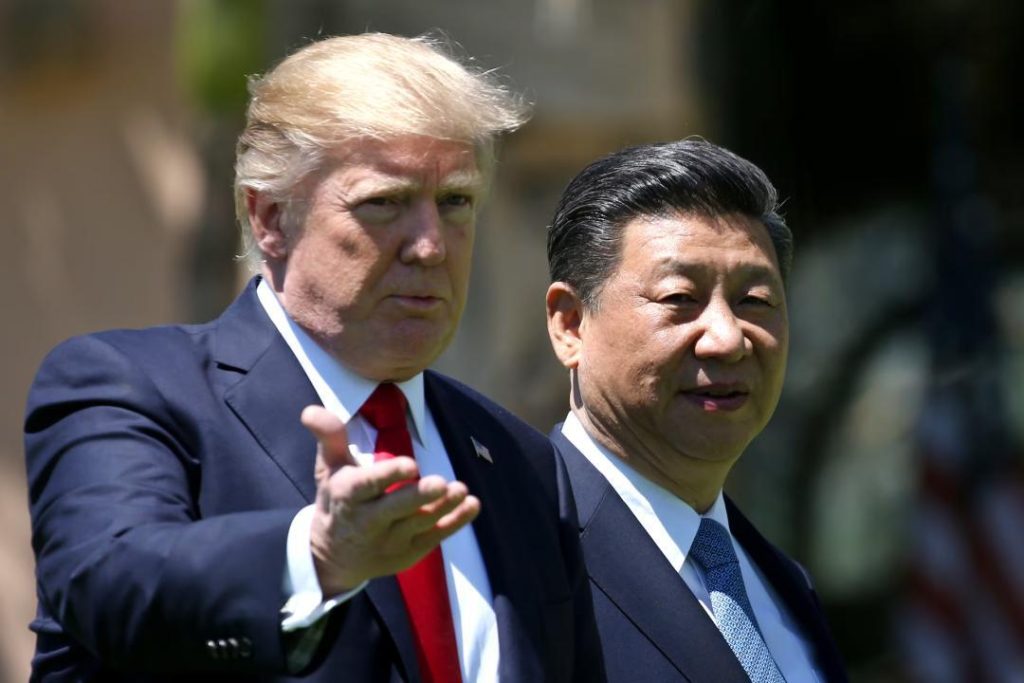
Trump to Allow 6,00,000 Chinese Students in US Amid Tariff Talks
In a surprising move, US President Donald Trump has announced that the US will permit entry to 6,00,000 Chinese students, a significant reversal of earlier visa restrictions targeting Chinese nationals tied to the Communist Party or sensitive research. This decision comes amidst ongoing tariff talks with China, sparking hopes of improved US-China relations.
The announcement was made by Trump during a press conference at the White House, where he emphasized the importance of promoting people-to-people ties between the two nations. The President praised China’s efforts in addressing concerns over intellectual property and theft, and expressed interest in meeting President Xi Jinping later this year to discuss trade.
The new policy, which is expected to take effect in the coming months, will allow a significant increase in the number of Chinese students allowed to study in the US. Currently, around 350,000 Chinese students are enrolled in US universities, making them the largest group of international students in the country.
The earlier visa restrictions, which were put in place in September, aimed to restrict the entry of Chinese nationals who were deemed to be connected to the Communist Party or engaged in sensitive research. The move was seen as a response to China’s growing influence in the US education sector, as well as concerns over intellectual property theft and espionage.
However, the new policy seems to signal a shift in the US government’s stance on Chinese students. Trump’s administration has been criticized for its tough stance on China, with some arguing that the restrictions were arbitrary and unfairly targeted Chinese nationals.
The decision to allow more Chinese students into the US is likely to be seen as a positive development by the education sector, which has been a major beneficiary of the current administration’s policies. The US has long been a popular destination for international students, with many Chinese students choosing to study in the US due to its reputation for academic excellence and research opportunities.
The move is also likely to be seen as a gesture of goodwill by the US government, aimed at improving relations with China. Trump has been under pressure to achieve a trade deal with China, and the relaxation of visa restrictions could be seen as a concession to Chinese demands.
The announcement has been welcomed by education advocacy groups, which have long argued that the earlier restrictions were unfair and damaging to the education sector. The National Association of Foreign Student Advisers, which represents university officials who advise international students, praised the decision, saying that it would “benefit both the US and Chinese economies.”
However, not everyone is pleased with the decision. Some lawmakers have expressed concerns that the move could compromise national security, citing the risk of Chinese nationals using their student visas to spy on the US or engage in other nefarious activities.
The decision to allow more Chinese students into the US is likely to be closely watched by lawmakers and policymakers, who will be keen to monitor the impact of the new policy on national security and the education sector.
In conclusion, Trump’s decision to allow 6,00,000 Chinese students into the US is a significant development in the ongoing tariff talks with China. The move is likely to be seen as a positive gesture of goodwill by the US government, aimed at improving relations with China. While some may express concerns over national security, the decision is likely to benefit both the US and Chinese economies, and promote people-to-people ties between the two nations.



